Live bait fishing for Walleye
Live Bait Fishing for Walleye | The walleye is a freshwater fish that is native to most of Canada and the Northern parts of the United States. It is a very close relative and closely resembles the European zander which is also known as the pike-perch and is the largest member of the perch family.
The male walleye will mature when it reaches around 3 years of age, whereas females won’t mature until they are around five years of age. Spawning generally takes place in Spring once the water temperature increases to around 41-45 degrees Fahrenheit.
The eggs are adhesive and will stick to the area that the female lays them.
She will generally lay her eggs on gravel bars and once laid, one or even two males will fertilize them. The walleye show no care to the eggs, as once they are laid and fertilized, both female and male walleye move on.
The diet of the freshly hatched walleye will consist of plankton and zooplankton once they have absorbed their egg yolk.
Once they reach around six to ten inches in length, they will wean themselves off insect foods and turn their attention to small fish such as minnows. As they grow, fish will be their food of choice, but they will still take large insects if the opportunity arises.
Walleye grow quickly and will continue to grow throughout their lives, so they must eat large amounts of food to maintain themselves.
They can live to over twenty five years of age and weigh over 20lb, although fish of half this size is considered a good catch.
With walleye being a predator, fishing for them is best done with live baits such as minnows, night crawlers and leeches.
One of the most important things to remember when using any sort of live bait is that it must look attractive. If your live bait is sick looking or unattractive, the walleye won’t bite. Keeping your live bait in tip top condition and hooking it properly is key to being successful.
With minnows, night crawlers and leeches being the best live baits for walleye, you’ll also need to decide which one to use. Although the season plays a big part on selecting live baits, water temperature also plays an important part. It is advisable to carry at least two different live baits with you, as a change in water temperature could see a change in the walleyes’ preferred foods.
LEECHES
Leeches come in various sizes, from small up to jumbo. It is important to carry them in different sizes because if fish aren’t biting, a simple change in leech size could make a difference. Generally, start with medium to large leeches and see how things develop. If bites aren’t forthcoming, using small leeches can encourage bites, but bear in mind that if there are lots of small panfish in the lake, you might encourage them to bite too.
The best hooks to use for rigging leeches are the Aberdeen style pattern or a live bait hook. Hook them just behind the suction cup, as hooking them in the suction cup can result in leeches being cast off the hook and being ripped of by panfish. If you haven’t had a bite after a while, check your bait. The leech may have come off the hook or might be dead or dying. Have a look at the leech in the water. If it doesn’t swim well, change it.
Also, be aware of something known as the leech death roll. On occasions, a leech will ball up so tightly you can’t get them off the hook and they tangle around the line, causing very tight knots. The reasons this can happen are that you may have hooked them too far behind the suction cup or they may have been frightened by a walleye and curl into a protective ball. Irrelevant of the reason, it’s very unlikely that a leech will return to its natural swimming state, so remove it and use another one.
MINNOWS
Another great live bait for catching walleye are minnows. With fish constituting a large part to the walleyes’ diet, these are a good natural bait.
The best sort of minnows to use are Emerald Shiners.
Emerald Shiners in the 3”-4” size range are the ideal size for walleye.
Hooks in the size range 2 to 6 are the best sizes to use, but match your hook to the bait size.
There are three different ways to hook a minnow.
Hooking minnows through the bottom lip and out through the upper lip, will let them swim in an upright position.
You can also hook a minnow through its dorsal fin. This way it will let them swim around naturally in a horizontal position.
Hooking them through the tail is also another option. Fish like to stay in a horizontal position, so if you hook them through the tail, they will naturally fall vertically. The minnow will fight to stay in the horizontal position, so this extra movement from the minnow can attract a walleye.
Keep your eye on your bobber. A good lively minnow will keep your bobber moving about. If your bobber starts moving about more than normal, this could indicate a walleye is present and the minnow is trying to make a dash for freedom. Once your bobber stops moving, check that your minnow is alive and swimming ok. If it isn’t, use a new bait. You can keep the dead ones for jigging if you wish.
NIGHT CRAWLERS
On the right spots at the right time, night crawlers will take some beating. Again, like all live baits, ensure that the bait is alive and wriggling enticingly. You can either rig the crawlers through the nose once or rig it wacky style. There is no need to hook it twice or even three times, as hooking it once will give it more action.
Larger worms are generally better as using small worms will encourage the smaller pan fish to bite.
You can either fish these under a bobber or rig them simply on a split shot rig. Using a bobber is the most common method of fishing with a night crawler. You can alter the depth you fish easily, so adjust the depth if fish aren’t forthcoming.
It you are fishing in deep water or the walleye are sitting near the bottom, rig them onto a split shot rig. Use just enough weight to reach bottom, normally a couple of BB shot will suffice and tie on a size 8 hook. If bites aren’t forthcoming after a while, slowly twitch and flick the worm a few times to ty to attract any fish in the area.
Remember, when using any sort of live bait, keep it in tip top condition. Once hooked, if it doesn’t react naturally or looks like it’s dying, change it. If bites aren’t coming on one type of bait, try another one. A simple change from one type of bait to another can induce bites
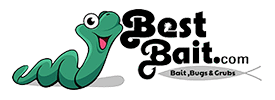
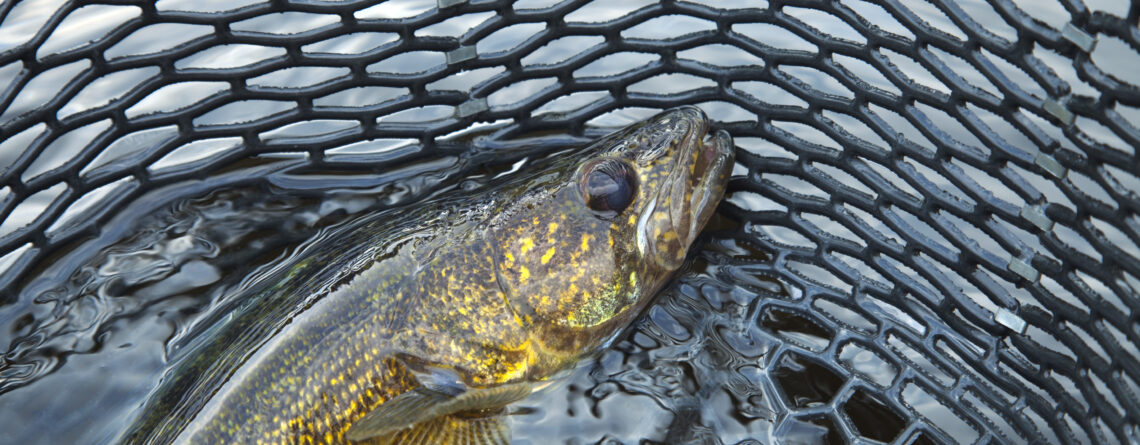
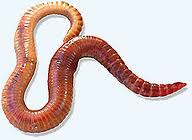
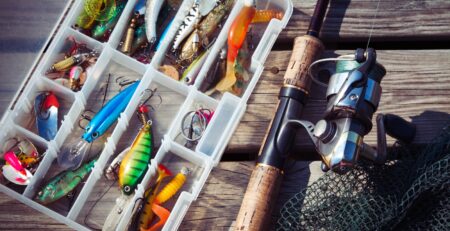
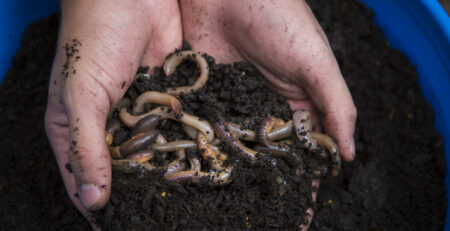
Comments (2)
When live leeches are available
They are usually available from Mid April til Septmeber.